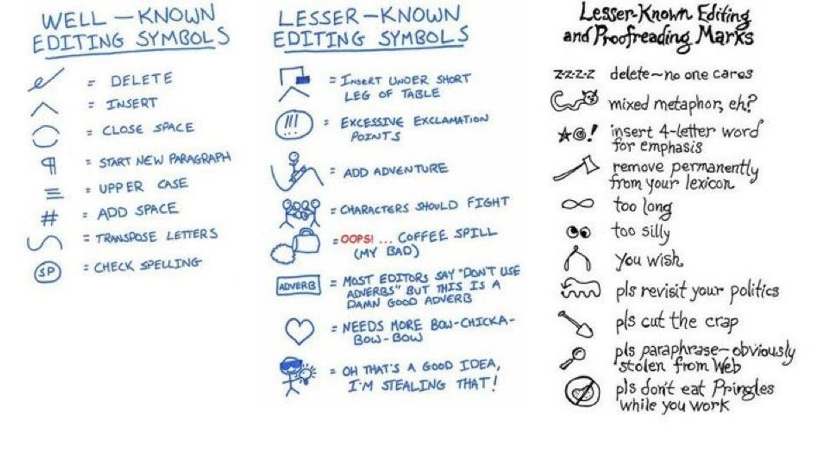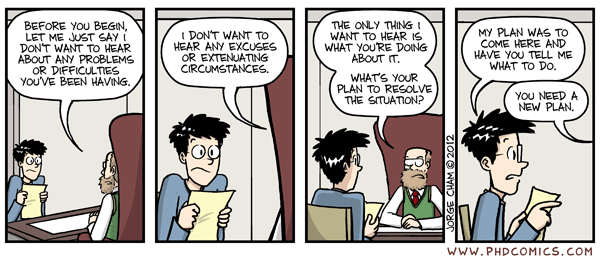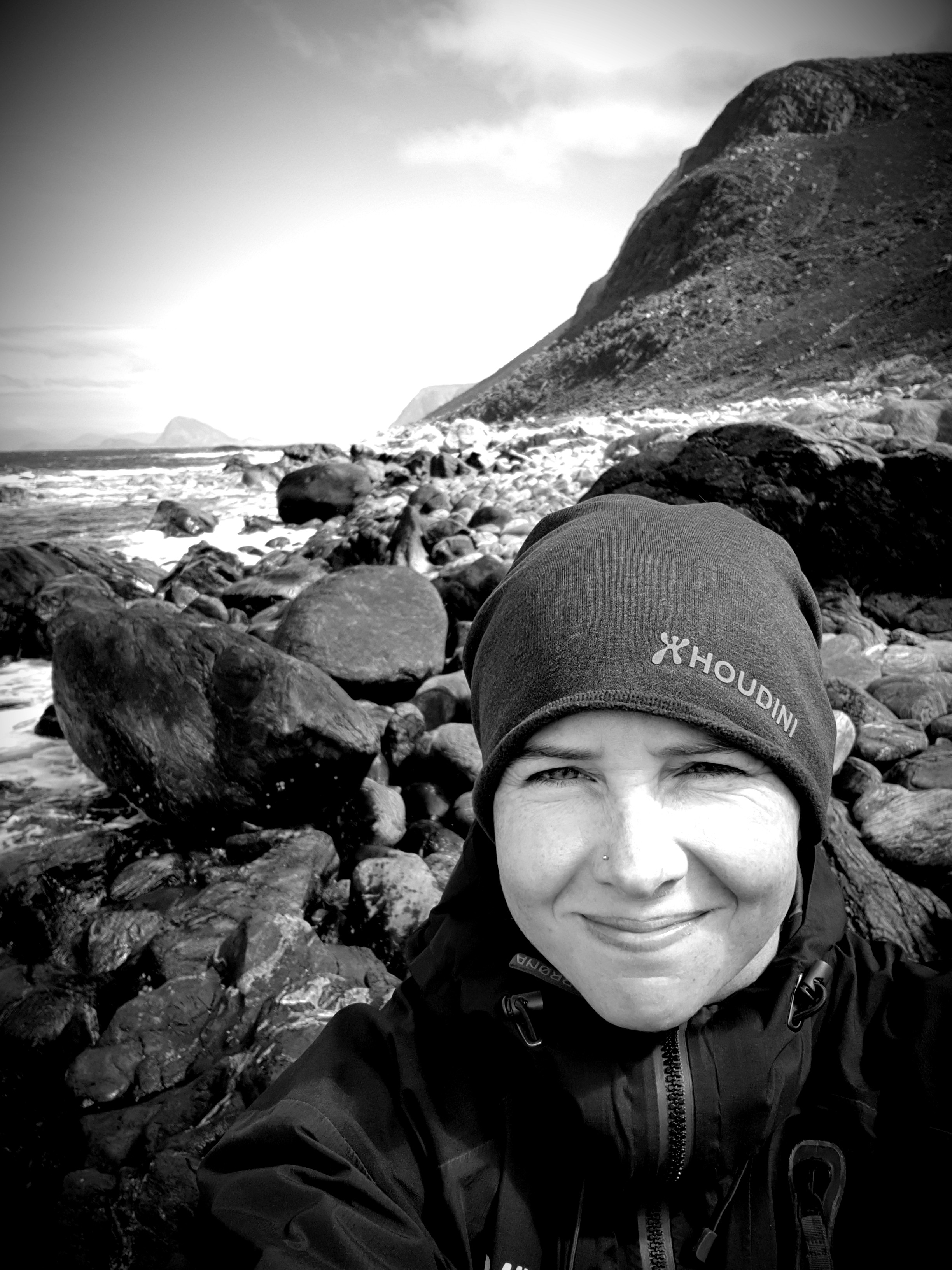Track changes in LaTeX documents
Friday, September 20th, 2013 Commands, Science LaTeX, publishing, track changes None
I wrote a scientific paper, submitted it to PLoS ONE and got it accepted with some changes. These days I usually edit text or scripts and use git version control to keep track of the changes. The journal, however, requires that changes are tracked in the revised document itself.
Fish tank reflections in Monterey
Thursday, November 8th, 2012 Ecology, Marine biology, Photography, Science, Travels aquarium, California, Grønt Napp, impressions, inntrykk, marine resources, Monterey, ocean, sea, seafood watch, sustainable seafood None
I went to California. You know how it’s really really hard to shut up about things that get you excited? Yep, this is going to be really really hard to keep short, but I’ll try. The Monterey Bay Aquarium was f***** amazing!
 |
| Monterey Aquarium, Open Sea Tank. (Photo: Guri S. Andersen) |
Fish tank reflections
Remembering the experience, one particular episode brings a crazy happy smile to my face. A tall guy in his 40’s stood with his daughter (about six years old or so) in front of the kelp forest tank. As she pointed at animals and algae in awe, he patiently answered her questions and discussed the information displayed on boards around the tank. When she pointed at a sea urchin, he asked what she thought the «purpose of those spiny things on top of it were»! SO pedagogic I almost went over to hug him. (- Yes, I’m getting soft… like creepy gooey soft…) As a shark passed in front of them, the little girl clung to his thigh. He smiled and held her hand as they watched the elegant creature glide by in silence. That moment of connection in curiosity and awe between generations was truly amazing to observe.
 |
 |
 |
| Kelp Forest Tank (Photo: GSA) | Lady and anemones (GSA) | Jelly Tank (Photo: GSA) |
A really short list of good things that’s easily done:
-
Eat sustainably, and spread the word about sustainable food guides (see below).
-
Don’t be afraid to ask where the seafood you’re planning on buying was harvested. In Norway for instance, cod from Barentshavet is harvested sustainably, while cod from the North Sea is not. Keep in mind that the «sustainability» of a product also varies with your location. Transportation of fresh food from one corner of the world to another is seldom environmentally friendly…
-
Avoid excessive use of plastic bags, recycle and be really cautious about where you throw items that may cause harm to animals.
Seafood guides
(For comments (I appreciate it): “Feeders”, please visit my blog. If you’re already visiting, click the “view comments” link below.
List of blog posts (in Norwegian) about sustainable seafood and how to choose:
Hvordan velge riktig sjømat
04 Mai 2011
Sommeren er på full fart inn i stua og kjøkkenet, og vi i Marinbiologene gleder oss over det. Med sommeren kommer også lange kvelder med deilig sjømat og god vin. Sjømat er godt, sunt og ofte …
Klimasmart sjømat: Marinbiologenes guide til sjømatguider – del 3
25 Mai 2011
Du står i butikken og klør deg i hodet. Du ønsker å være en miljøbevisst forbruker, men hva er egentlig mest miljøvennlig? Du har hørt at fisk fra frysedisk ikke …
Miljømerking: Marinbiologenes guide til sjømatguider – del 2
20 Mai 2011
I del to av vår guide til sjømatguider skal vi se nærmere på miljømerking av sjømat. Produkter som er sertifisert og godkjent av et miljømerke skal oppfylle bestemte krav og kriterier i forhold til miljøvennlig og bærekraftig …
Marinbiologenes guide til sjømatguider – del 1
09 Mai 2011
Her skal du få en kjapp introduksjon til noen nettsider med informasjon om vanlig norsk sjømat. … Guiden viser til MSC sertifiseringen av sjømat og anbefaler at man ser etter deres symbol når man skal kjøpe fisk og skalldyr.
PhD thesis coping mechanisms
Thursday, July 19th, 2012 Marine biology, PhD, Science coping, mechanisms 6 comments
Compiling all my work into a thesis? After spending so much time doing research, getting an overview, reading the relevant literature and punching away on papers (over and over until every co-author, referee and editor is near satisfied) – You think it would be easy, right?… Far from it, man. You are going to need coping mechanisms.
First Census of Marine Life!
Tuesday, October 5th, 2010 Marine biology, Science biodiversity, census of marine life None
Yesterday a historical event of great importance not only to marine scientists, but to the global community, took place in London. 2700 scientists from 80 countries met to discuss knowledge that has accumulated through a decade of marine research. The project was initiated 10 years ago and is called Census of Marine Life. This is probably one of the most extensive projects undertaken in the history of science. Check it out on http://www.coml.org/
Be sure to drop by the picture and video galleries!
Surprising results from the lab at #RUC. Kelp freakout!!
Woah, these algae really puzzles me. The PI-curves run at different temperatures (10, 15 and 20 C) before acclimatisation (10 C kelp) are incredibly similar – huge surprise! The first thorough analyses and views of the data with proper calibrations performed on them shows almost no difference in respiratory rates!! What the fuck!? One would think…
Read more HERE…
Update from #RUC experiment
Thursday, May 20th, 2010 Kelp, Marine biology, PhD, Science None
Older Posts Back






